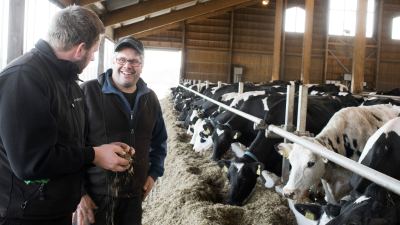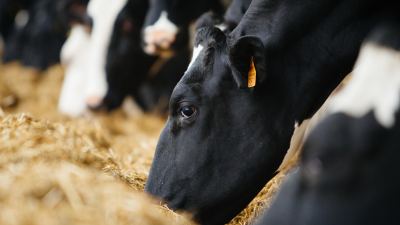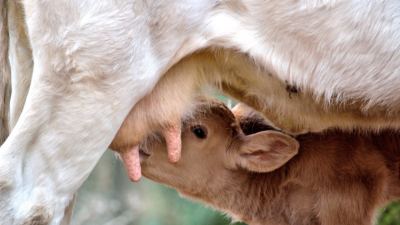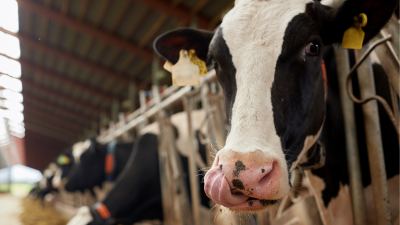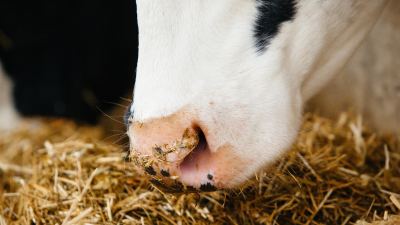Media & Events
Understanding Rumen Function Part 4: Overall Outcome
Given carbohydrate and protein account for most of the nutrients that are digested in the rumen, it follows that in those situations where rumen…
Understanding Rumen Function Part 3: Protein Digestion
Some rumen microbes will effect considerable degradation of dietary protein, depending upon the susceptibility of that protein to digestion in the…
Understanding Rumen Function: Part 2
The “rumen”, comprising the reticulum, the dorsal and ventral sacs of the rumen, the omasum and the abomasum, together with the combined contents of…
Understanding Rumen Function: Part 1
Overall digestibility of feed, described as the amount of feed dry matter (DM) consumed less the amount of faecal DM, is a major determinant of…
Assessing Colostrum Quality
Good quality colostrum is essential if calves are to survive and thrive. Colostrum contains immunoglobulins (Ig, antibodies) that protects the calf…
Liver Metabolism & Fatty Liver Syndrome: Managing the Transition Period of the Modern Dairy Cow
The liver of the lactating dairy cow approximates to 8-10kg metabolically active tissue whilst Gibb et al (1992) provided evidence of extensive liver…
Rumen Acidosis: Managing the Transition Period of the Modern Dairy Cow
During the dry period, dietary levels of starch only need to be relatively modest, at best to provide some readily available energy for the rumen…
Displaced Abomasum: Managing the Transition Period of the Modern Dairy Cow
As already indicated in our previous blog, low blood calcium levels affect ruminal function, with associated effects on rumen and abomasum…
Managing the Transition Period of the Modern Dairy Cow
The importance of steaming up the late gestation cow in preparation for the next lactation has been recognised for several decades. With increasing…






















